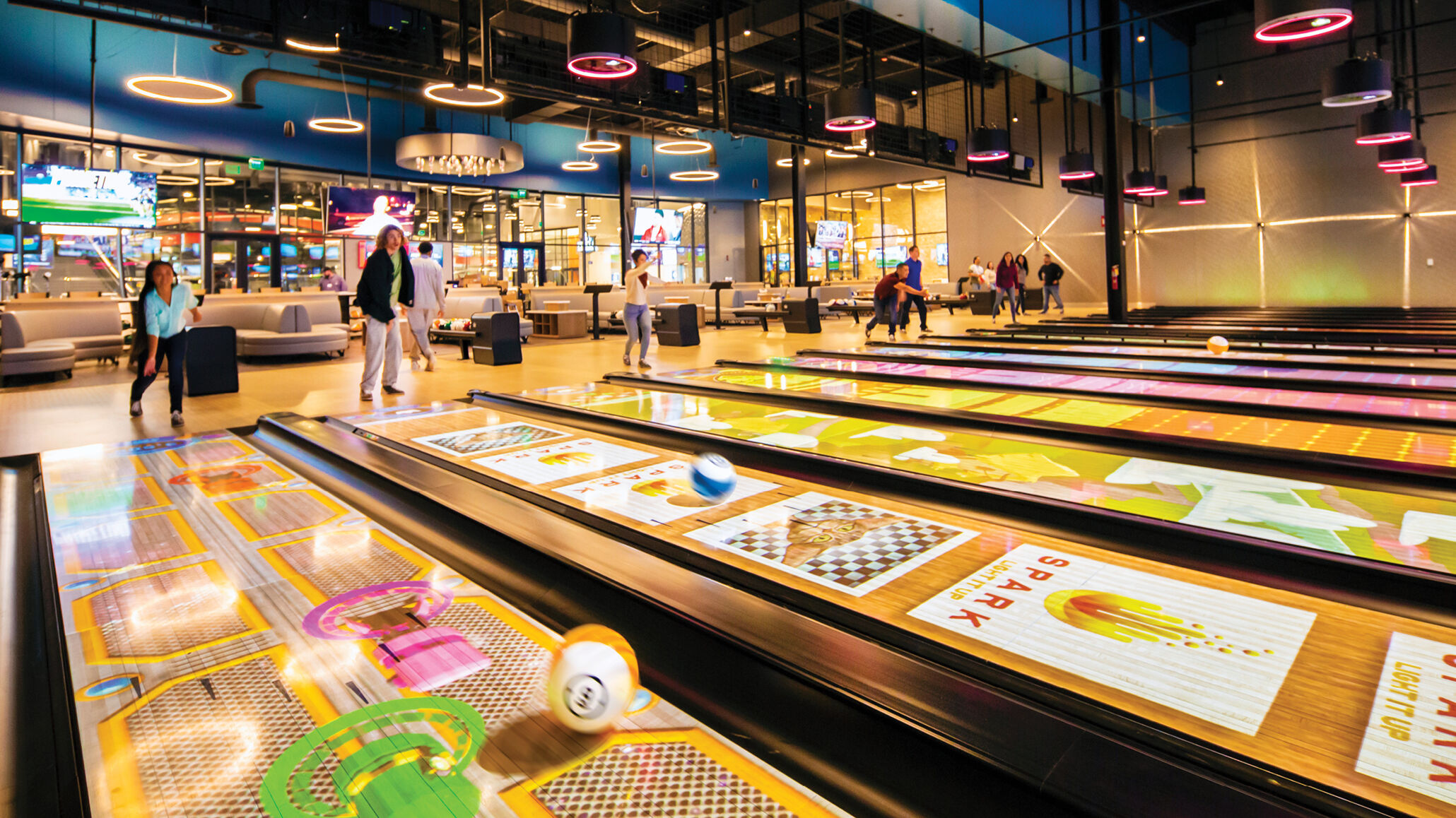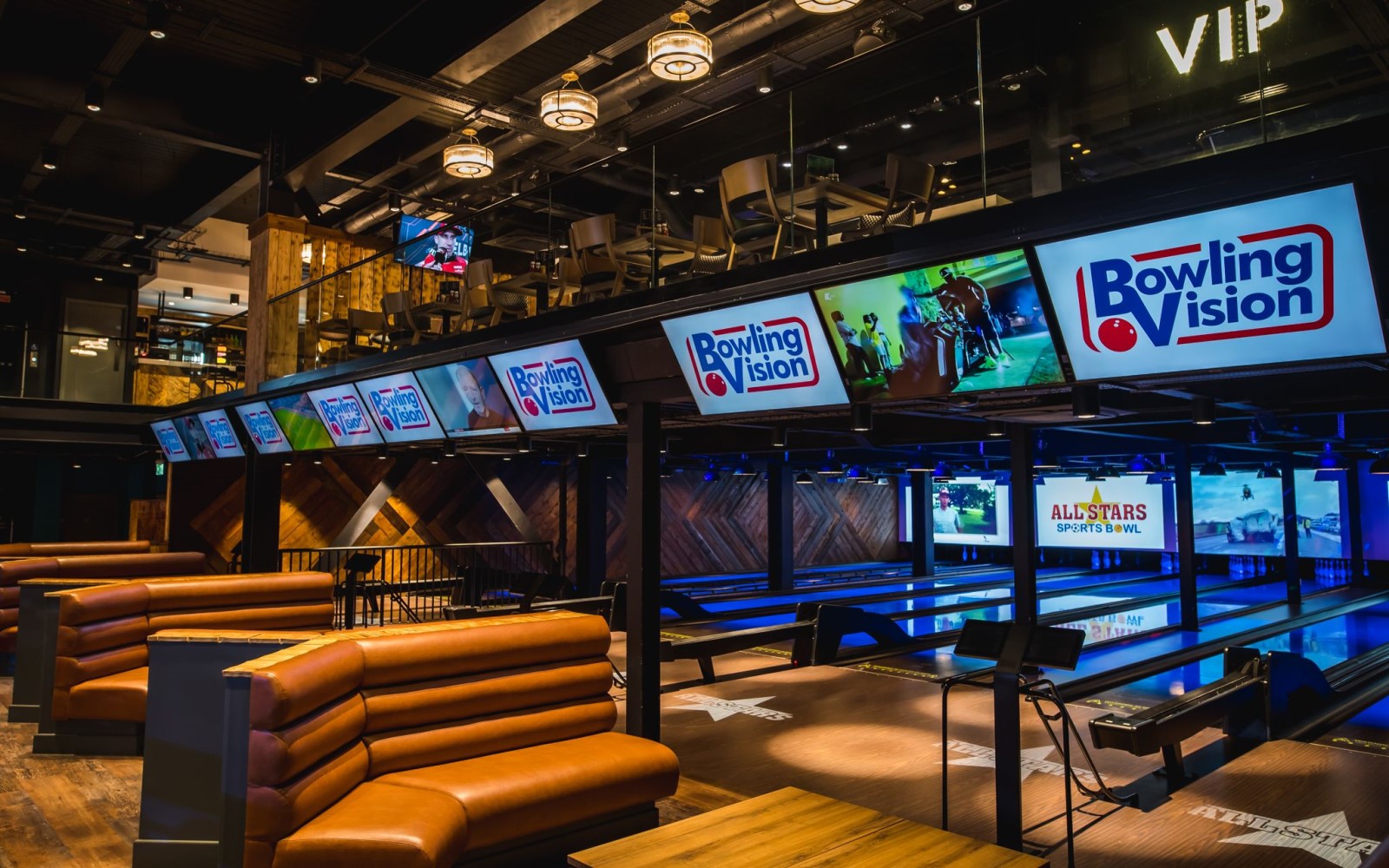For entertainment venues like bowling alleys, the balance between pre-booked reservations and walk-in availability can significantly impact customer satisfaction and business revenue. While it may seem tempting to pre-sell all lanes to maximize pre-booked revenue, there are compelling reasons why holding back some lanes for walk-in customers is crucial for success.
Ensuring Accessibility and Customer Satisfaction:
Walk-in lanes provide an opportunity for spontaneous visitors to enjoy a bowling session. Imagine a guest strolling in, hoping to bowl a game or two with friends or their family, only to find out that every lane is booked for the next 4 hours.
Most guests who turn up without a booking are happy to wait for a period of time for a lane to become available. However, if you have pre-booked every slot in a trading session, then no-one will wait, as there’s nothing to wait for! Equally, people who haven’t booked aren’t disappointed by not being able to book when they’re checking availability from the comfort of their sofa – in fact, they get the impression that the venue is popular, and therefore good quality. In that circumstance, they’ll more than likely book at the next available opportunity, so the risk of the operator actually losing out on that opportunity is slim, unless there are a great number of equal quality operations all within a tight area. There may be lower quality venues that the customer can go to if your good venue isn’t available, but if anything that visit is more likely to make them more loyal to you!
The disappointment of making the effort to visit the venue but being told that the wait time is unreasonably long can sour their experience, tarnish your reputation and diminish the likelihood of a return visit. By reserving some lanes for walk-ins, you ensure that everyone has a chance to participate, enhancing overall customer satisfaction.
Maximizing Ancillary Revenue:
One of the significant benefits of walk-in lanes lies in ancillary spending. When customers arrive early or have to wait for their turn, this provides an opportunity for your reception team to encourage guests to engage in additional activities like enjoying food and beverages or exploring other entertainment options your venue offers. This creates valuable dwell time, leading to increased Spend per Head and boosting overall revenue without requiring additional saleable activity/resource.
You will find that guests who have a wait will order a drink upon arrival, or maybe buy some food. A wait of under 30 minutes might encourage guests to play your arcade games, shoot some pool or try a game of shuffleboard. When the delay extends beyond 30 minutes a skilled receptionist should be able to sell another activity such as interactive darts, mini golf or an escape room.

Creating Opportunities for BEST Dwell Time:
Walk-in lanes are not just about accommodating last-minute guests, they also serve as a catalyst for creating dwell time. By encouraging customers to arrive early and providing activities to engage in while they wait, you can transform their visit into a more immersive experience. Whether it’s enjoying a meal at the bar, sipping on cocktails, or playing arcade games, these additional offerings contribute to a memorable outing and foster customer loyalty.
For a pre-booked bowling session the dwell time is likely to be little more than the time they are bowling. However, when you are able to orchestrate additional dwell time (a delayed start for a walk-in or an enforced gap between activities) this becomes BEST dwell time as the ancillary spend increases significantly during this period.
Adapting to Dynamic Conditions:
The flexibility of walk-in lanes allows your business to adapt to changing circumstances, such as weather conditions or unexpected surges in demand. For instance, on rainy days when more people seek indoor activities, increasing the number of walk-in lanes held ensures that you can accommodate spontaneous visitors and avoid disappointing them – while simultaneously increasing their spend. Conversely, during off-peak periods or exceptionally sunny holiday days, you should reduce the availability of walk-in lanes accordingly to maximise any potential advance bookings you can potentially get.
Furthermore, walk-in lanes provide the flexibility required to enable the receptionist to effectively manage your lanes (see our blog post on this). With lanes retained for walk-ins the receptionist is able to react to late comers, games which are running slow, with the freedom to be flexible with the booking sheet. If all their lanes are pre-booked, and particularly all at similar times, then this gives little for even the best receptionist to work with.
Making the change:
Implementing walk-in lanes requires a strategic approach, starting with a gradual rollout to educate customers about this option. Begin by reserving a limited number of lanes for walk-ins during peak times and gradually increase availability based on demand patterns and customer feedback. A steady roll out of this strategy will also give your staff time to adjust and learn how to maximise lane usage.
As we have mentioned in numerous blog posts, having skilled receptionists who can confidently manage your lanes/booking sheet, set appropriate expectations for waiting times and upsell alternative opportunities is essential for a seamless and positive guest experience.

To conclude:
Incorporating walk-in lanes into your bowling alley’s operations is not just about accommodating last-minute guests; it’s a strategic decision to enhance customer experience, drive ancillary revenue, and foster long-term success. By striking the right balance between pre-booked reservations and walk-in availability, you can create a dynamic and welcoming environment that makes your guests feel like you are working hard to accommodate them and meet their needs, which should have them coming back for more.
These pictograms articulate this strategy in a visual form:
1: Pre-booked, limited dwell time therefore limited ancillary spend:
Time bowling = 1 hour
BEST dwell time = zero (dwell time is taken up with booking in & going to the toilet)
Time in venue = 1 hour 20 mins

2: Walk-in – 1 hour wait, best dwell time created by a 1 hour wait.
Time bowling = 1 hour
BEST dwell time = 1 hour 20 mins (excludes booking in & toilet trip)
Time in venue = 2 hour 30 mins

3: Walk-in – 1 hour wait, with a skilled receptionist!
Your skilled receptionist might be able to encourage your walk in guest to do darts as well as bowling plus an enforced gap. Creating a brilliant day of fun activity for your guests whilst maximising BEST dwell time & revenue – everybody wins!
Time bowling = 1 hour
Time darts = 1 hour
BEST dwell time = 1 hour 50 mins (excludes booking in & toilet trip)
Time in venue = 4 hours

You might also benefit from these articles:
- Strike up friendships and create community: How to run coffee mornings
- Keeping your good staff – principles of effective team management
- You might feel like your bowling centre is busy, but is it really?
- Bowl together – benefits of starting a fun bowling league
- Unlock the power of effective lane management to positively impact your revenue
- How to increase your off-peak usage through concessions and fundraising






